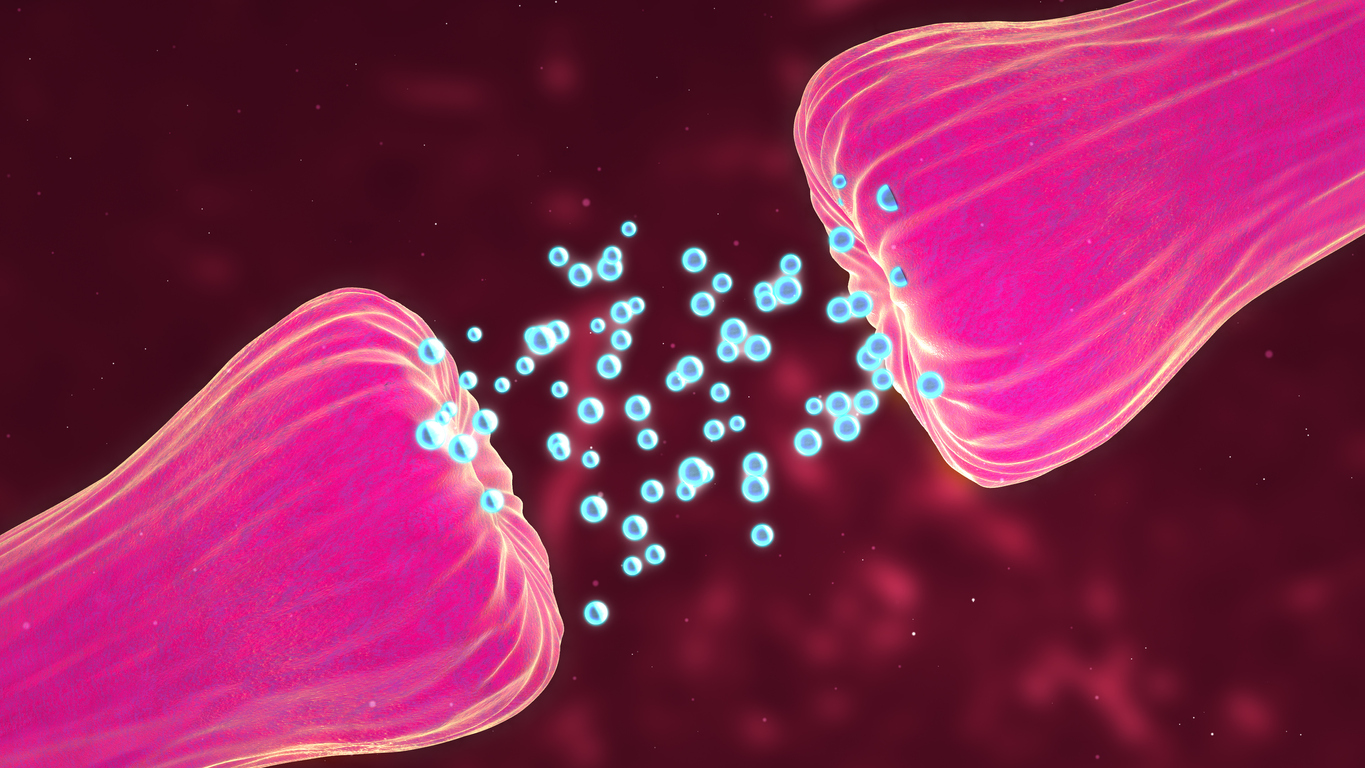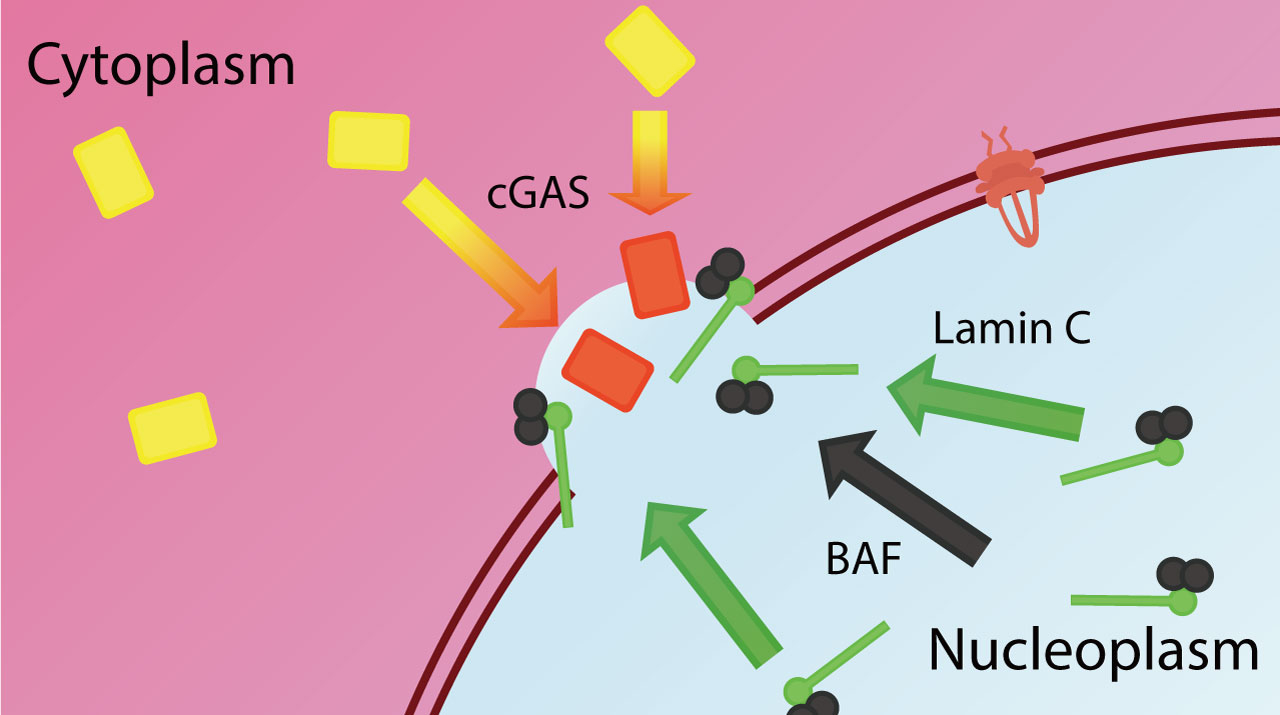Numerous neurological disorders, including epilepsy, multiple sclerosis, and age-related neurodegenerative diseases like Alzheimer’s and Parkinson’s, are associated with the collapse of the blood-brain barrier. According to Haghighi, we are discovering that the barrier serves as both a safety check and a source of regulation. It’s a side effect of neurodegeneration and could be problematic. It’s becoming obvious that this narrative has two sides to it.
The discovery gives researchers a new way to think about how to find ways to break through the blood-brain barrier and get to specific parts of the brain as they look for treatments for neurodegenerative diseases.
Current study.
In the investigation, fruit fly larvae were employed. Despite the fact that the blood-brain barriers in fruit flies are less complex than those in vertebrates, they share a number of characteristics with a system that is considerably simpler to examine. The primary cells that shield neurons in fruit flies are known as specialised glia. These cells do things that are similar to what specialised endothelium cells do. Endothelium cells are an important part of the blood-brain barrier in larger vertebrates like humans.
The focus of the inquiry initially turned to metalloproteinases, a class of enzymes that may be crucial for the communication between glia and neurons. The Notch signalling pathway was discovered by the researchers after using genetics to identify the factors that controlled the production of these enzymes. Fruit flies and humans both have Notch. It has been connected to people’s blood vessel disorders, dementia, and strokes.
They had no reason to research Notch, according to Haghighi, yet it ended up being crucial for maintaining the blood-brain barrier. They observed that Notch signalling in glia regulates the barrier’s overall structure. According to him, the basic activities of the nervous system like the release of neurotransmitters and the contraction of muscles are also disrupted when the signal is stopped.
The blood-brain barrier was unaffected, however, altering Notch signalling occasionally altered how neurons fired. According to Haghighi, this demonstrates that blood-brain barrier signalling does more than just maintain the barrier’s functionality. The nervous system might not work right for a number of reasons, such as when the barrier function breaks down.
Because barrier cells have never before been found to alter the way neurons function, he claimed that this represents a significant advancement. Without changes in barrier permeability, he claimed that they found changes in barrier function. This alters how synapses function.
According to Haghighi, when the blood-brain barrier is breached in some individuals, it is not merely a coincidence; rather, it is a serious issue connected to neurodegeneration. Researchers can’t say with certainty what caused what yet, but there is more than just a correlation according to Haghighi.
Implications.
Their results give scientists a whole new way to think about how to make new medicines that can fix the damage that neurodegenerative diseases do to barrier function.
The Haghighi team is putting a lot of effort into this intriguing concept. When these genes are produced in flies, the blood-brain barrier rapidly dissolves, according to research into two of the most prevalent gene mutations in Alzheimer’s disease. The team’s bioinformatics analysis reveals that nearly every gene detected in flies also exists in humans. The majority of these human genes’ roles are yet unclear, though.
Overexpression of human metalloproteinases has been linked to neurodegenerative diseases and problems with the blood-brain barrier. A mutation in a human Notch protein has been linked to dementia and the blood-brain barrier breakdown.
Haghighi claims that in order to determine the connection between the blood-brain barrier and neurodegenerative illnesses, researchers are looking into each of these signalling pathways to see if the things we know about how synapses work in larvae can be used to make a complete model of neurodegeneration that changes with age. This will help us make a more accurate prediction of how neurodegeneration happens with age.
The study was funded by grants R01NS082793 and R01AG057353 from the National Institutes of Health, Brain Canada, and the Glenn Foundation.
Story Source: Original press release by Buck Institute for Research on Aging. Note: Content may be edited for style and length by Scible News.
References
Mario R. Calderon, Megumi Mori, Grant Kauwe, Jill Farnsworth, Suzana Ulian-Benitez, Elie Maksoud, Jordan Shore, A. Pejmun Haghighi. Delta/Notch signaling in glia maintains motor nerve barrier function and synaptic transmission by controlling matrix metalloproteinase expression. Proceedings of the National Academy of Sciences, 2022; 119 (34) DOI: 10.1073/pnas.2110097119






